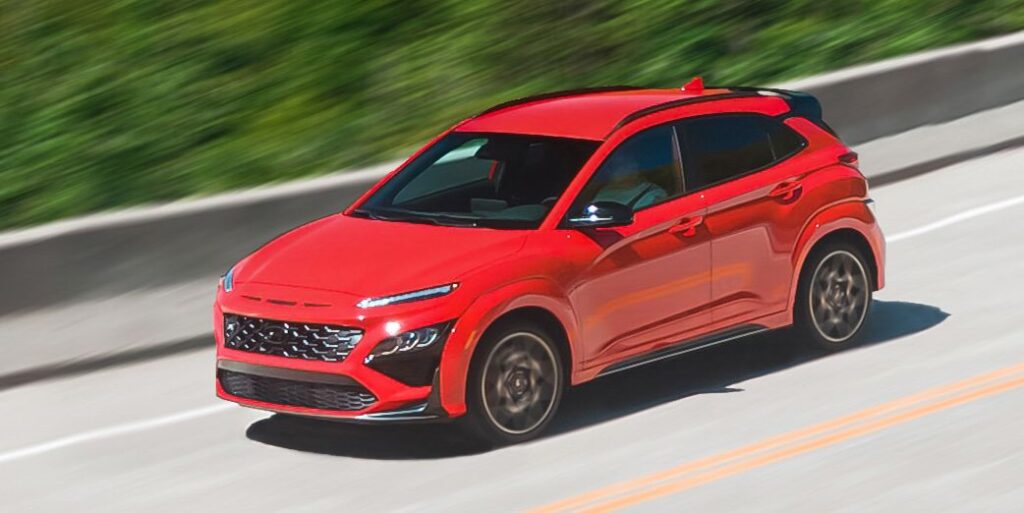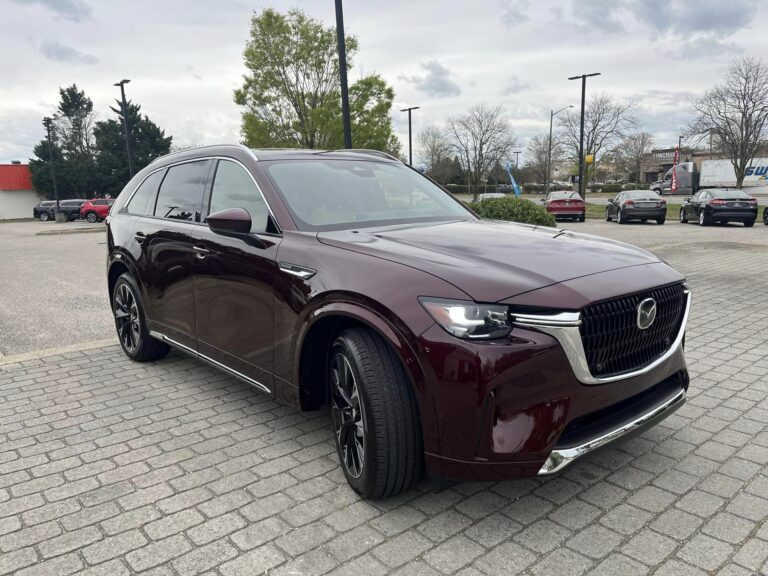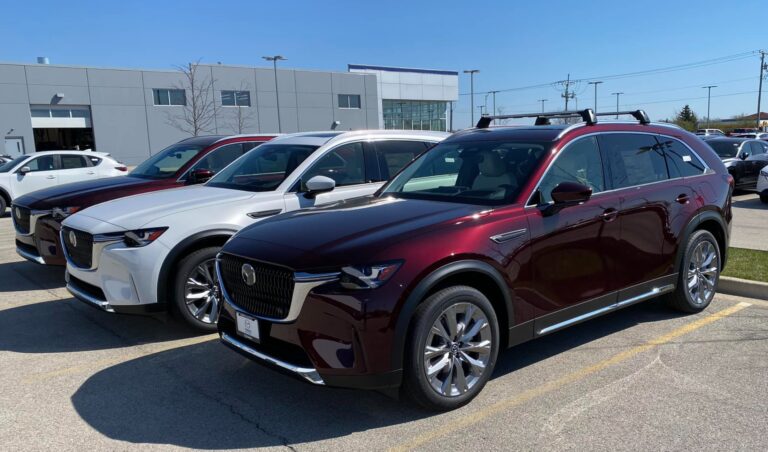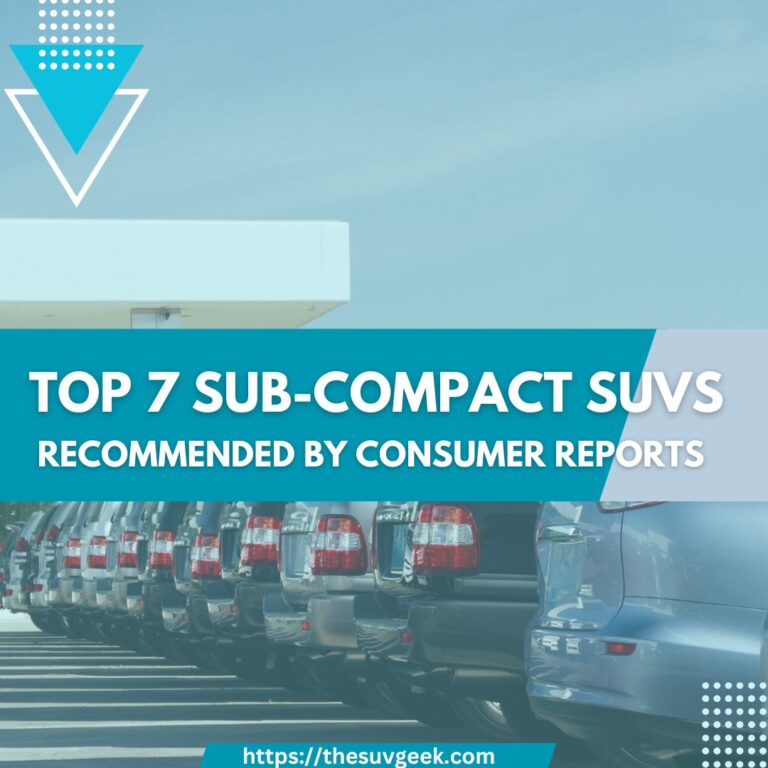The little 2023 Hyundai Kona is one of our favorites because it is both functional and enjoyable to drive, regardless of whether you refer to it as a low-riding SUV or a tall hatchback car. The base model comes with a 2.0-liter four-cylinder engine that generates 147 horsepower, but buyers may upgrade to a turbocharged mill for more pep to complement the Kona’s agile handling. The Hyundai Kona, like its previous models, offers a long range of standard equipment at a low price. These features include driver assistance and infotainment systems. Even more so than logical.
Engine, Transmission, and Performance
The Kona offers a choice between two engines: the SE and SEL trims include a 147-horsepower four-cylinder mated to a six-speed automated transmission. Our tests revealed that an all-wheel-drive SEL model needed 9.2 seconds to reach 60 mph, suggesting that this arrangement may use a jolt of coffee. Our testing revealed that the Limited and N-195-horsepower Line’s turbocharged four-cylinder and seven-speed dual-clutch automatic made the 0-60 mph run in 7.3 seconds. Once moving, the seven-speed dual-clutch automatic shifts quickly and smoothly, but in parking lots and heavy traffic, it struggles to get out of first gear and into higher gears until the driver gives it a little more gas. The Kona is surprisingly enjoyable and has nimble handling. This does not equate to a harsh ride on uneven pavement, as the suspension does a great job of smoothing out bumps and isolating the cabin from road noise. In terms of dynamics, the Kona’s steering is probably its biggest letdown. The wheel isn’t very tactile and, despite feeling weighted, needs regular adjustments when driving at highway speeds.
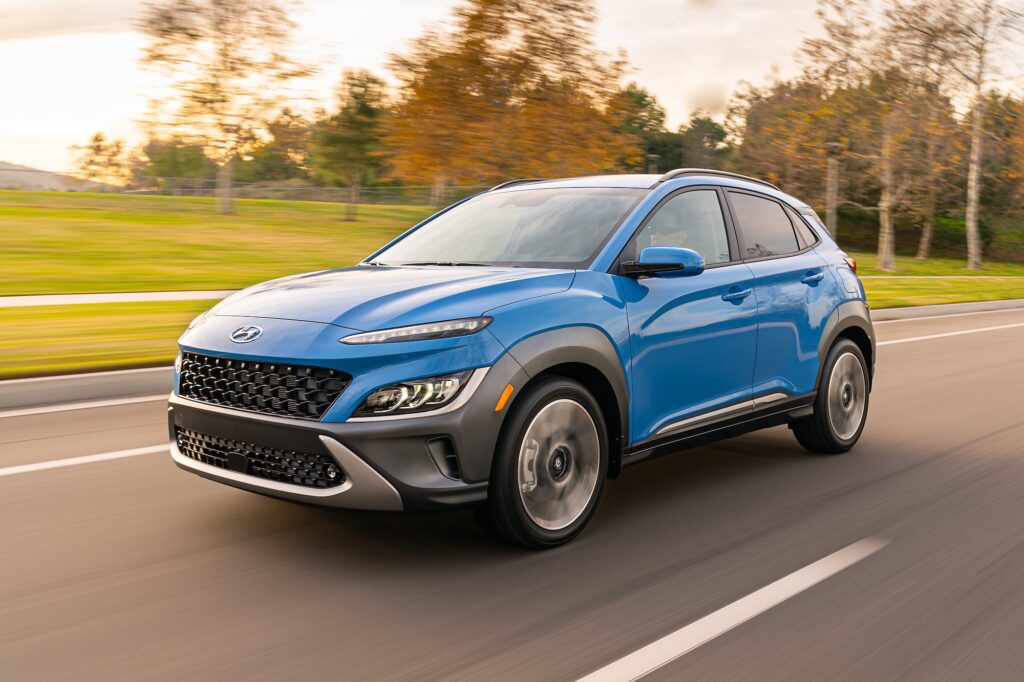
Fuel Economy and MPG
The Kona’s EPA ratings are above average, but only in comparison to other vehicles in this class of fuel-efficient mini-SUVs. Despite this, we found the Kona to be superior than its rivals in our real-world testing. The front-wheel-drive base model achieves 30 mpg in the city and 35 mpg on the interstate, making it the most fuel-efficient option. With front-wheel drive, the turbocharged model achieves up to 35 mpg on the highway and 29 mpg in the city; with all-wheel drive, those figures drop to 27 mpg in the city and 32 mpg on the interstate. We achieved 32 mpg with the turbo all-wheel-drive variant and 33 mpg with the standard four-cylinder in our 75-mph highway fuel-economy test.
Cabin, Leisure, and Storage
The Hyundai Kona’s interior design team accomplished the seemingly impossible by integrating the crossover’s external aesthetics inside without sacrificing practicality or comfort. The Kona’s exterior is at odds with the grown-up sophistication conveyed by its quality materials, outstanding ergonomics, and comfortable chairs. The leather-wrapped steering wheel features contrast stitching and buttons for the radio, audio system, and cruise control. The Kona’s cargo room is fine for people moving up from a compact hatchback or sedan, but people trading down from a larger SUV may find it lacking.
Infotainment and Connectivity
The touchscreen infotainment system in the Kona is centrally located on the dashboard, and it’s surrounded by easy shortcut buttons for quick access to frequently used functions. The system’s functionality was clear and straightforward, however it lagged behind our inputs. Touchscreens of 8.0 inches come standard, with a 10.3-inch option available for those who need more space. The vehicle’s speed and other information can be seen on the optional head-up display, which flips up from the dashboard.
Have any questions regarding the topic “2023 Hyundai Kona – All you need to know!” feel free to comment below.


